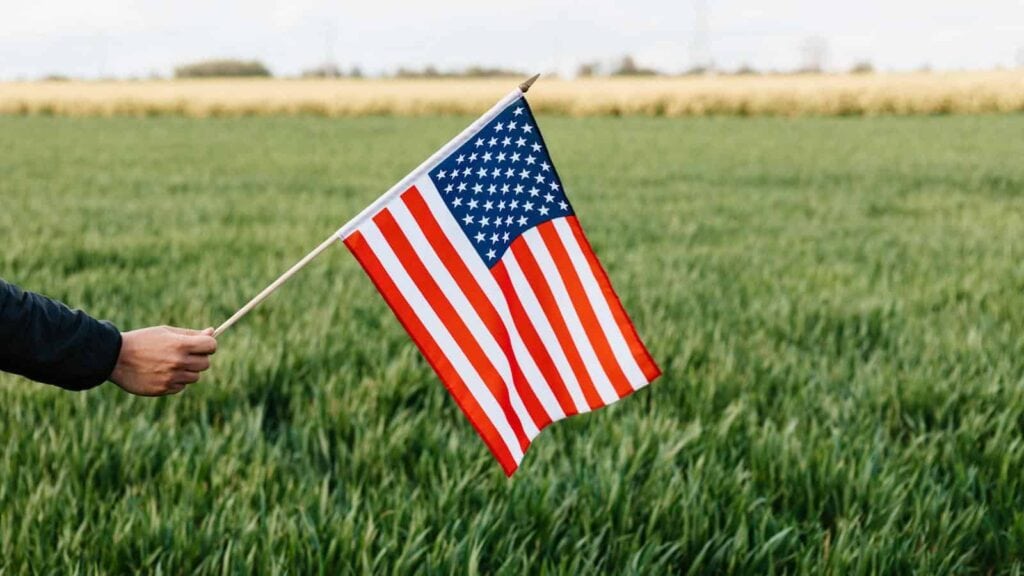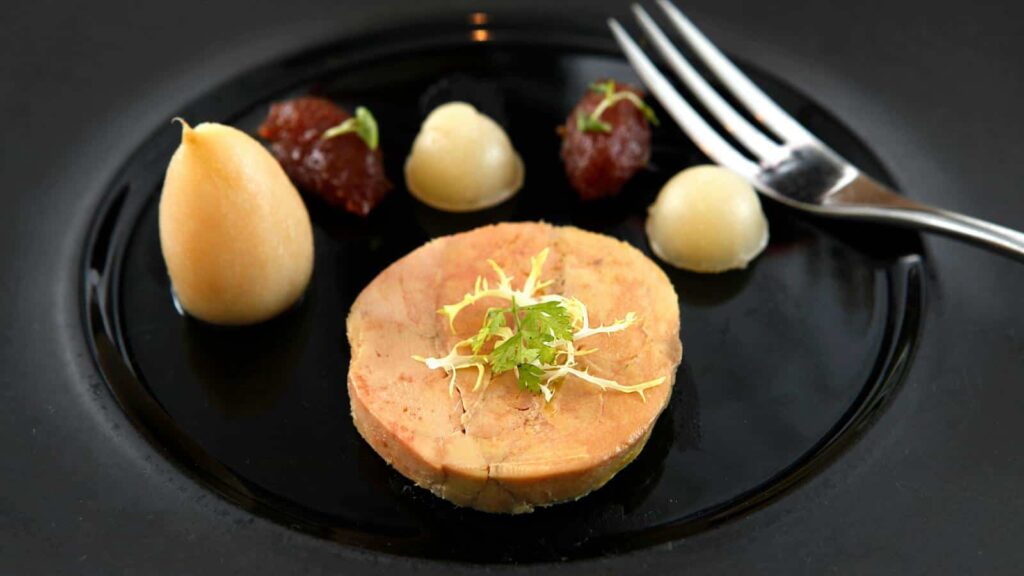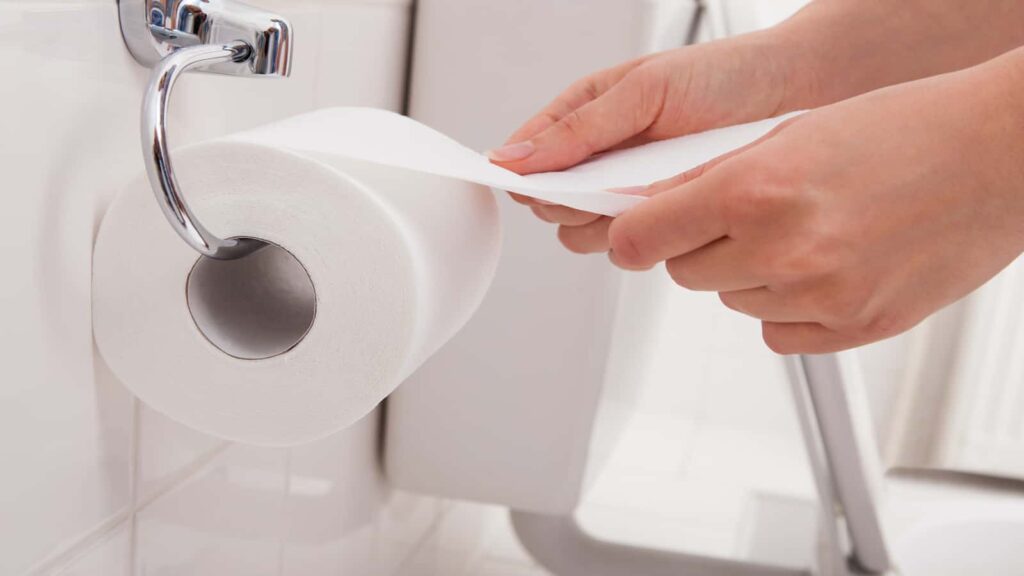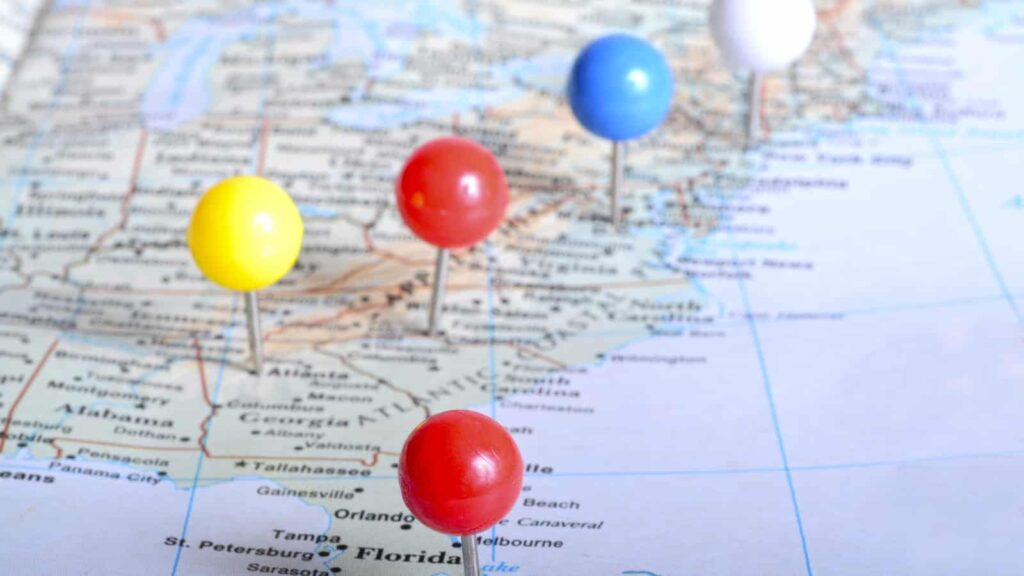12 Daily French Words Americans Use The Wrong Way
12 Daily French Words Americans Use The Wrong Way

Language is a fascinating and complex tool that often morphs and changes as it crosses borders. When American English borrows words from French, the original meanings can sometimes get lost in translation, leading to some pretty interesting misunderstandings. This transformation isn’t just about pronunciation but also about context and usage, which can lead to some words being used in a way that might make a native French speaker raise an eyebrow. Here, we dive into “12 French Words Americans Use the Wrong Way,” exploring the gap between intention and interpretation.
1. Rendez-vous

In English, “rendez-vous” is often used to describe a romantic date, giving it an air of sophistication and allure. However, in French, the term is far more practical and used to refer to any type of appointment, including mundane ones like seeing the doctor. The romantic connotations are purely an English addition.
2. Maître D

Americans shorten “maître d’hôtel” to “maître d'” and use it to refer to the head waiter at a restaurant. In French, however, removing “hôtel” leaves you with “master of,” which lacks context and meaning. The English version is a casual abbreviation that simplifies the original term while losing its full title.
3. Entrée

In the US, “entrée” refers to the main course of a meal, but in France, it’s just the beginning. Derived from “entrer” meaning “to enter,” an “entrée” in French cuisine is the starter or first course, setting the stage for the “plat principal” or main dish that follows.
4. Risqué

English speakers use “risqué” to describe something sexually suggestive or borderline indecent. In French, however, “risqué” simply means “risky,” relating to actions that are daring or potentially dangerous, with no inherent sexual undertones.
5. Corsage

The English “corsage” refers to a small bouquet of flowers worn typically on the wrist during formal occasions. In French, “corsage” means the bodice of a dress, and the term for the floral accessory comes from “bouquet de corsage,” highlighting the original placement of flowers on a woman’s dress rather than her wrist.
6. Encore

While Americans shout “encore” at concerts to request another song, in France, “encore” means “again” but isn’t used in this context. The French ask for “une autre” (another one) instead, and the extra performance is called a “rappel,” not an “encore.”
7. Parfait

To English speakers, a “parfait” is a layered dessert often seen as a healthier sweet option. In French, while “parfait” does refer to a dessert, it’s primarily used in everyday language to mean “perfect.” The dessert name amusingly captures the essence of perfection in its taste and presentation.
8. Garçon

Calling a waiter “garçon” might seem cheeky and informal in English, but in French, it’s outdated and disrespectful. The word means “boy” and using it to grab a waiter’s attention is considered rude and demeaning in contemporary French society.
9. Resume

In English, a “resume” is a document detailing a person’s work experience and education for job applications. However, in French, “résumé” means a summary or an overview, such as a book summary, with no connection to job-seeking documents.
10. Ohlala

“Ohlala” is often used by English speakers to express amazement or admiration, seemingly a quintessential French exclamation. In France, it’s actually used to express annoyance or frustration, much like saying “Oh no” or “Oh my,” making it less about admiration and more about irritation.
11. He Has a Certain Je Ne Sais Quoi

English speakers use “je ne sais quoi” to describe an indescribable quality that makes someone or something appealing. In French, the phrase means “I don’t know what” and can be used in a broader sense, often without the romantic or mysterious connotation found in English.
12. Sacre Bleu

“Sacre bleu” is a phrase that English speakers might think of as a quintessentially French exclamation, but it’s actually outdated and not used in modern French. The expression has historical roots but has fallen out of favor and is virtually absent in contemporary French dialogue.
11 Foods From France The US Will Never Approve Of

Read More: 11 Foods From France The US Will Never Approve Of
12 US Culture Things Europeans Just Don’t Understand

Read More: 12 US Culture Things Europeans Just Don’t Understand
5 Reasons Europeans Think America Sucks And Why They’re Wrong

Read More: 5 Reasons Europeans Think America Sucks And Why They’re Wrong
14 European Things Americans Don’t Understand

Read More: 14 European Things Americans Don’t Understand
16 Surprising Differences Between French And American High Schools

Read More: 16 Surprising Differences Between French And American High Schools
We are Mary and Eric, the founders of Be Right Back, a blog dedicated to romance around the globe and at home.
We are Mary and Eric, the founders of Be Right Back, a blog dedicated to romance around the globe and at home. With over 10 years of experience in dating and traveling to romantic places, we share our favorite date ideas and romantic destinations to help couples level up their relationships. Having lived in and traveled through the USA, we also share our favourite things to do in the States.
With 70,000 monthly readers and 16,000 followers on social media, Be Right Back is your go-to resource for romantic trip ideas and couple activities at home and abroad.
